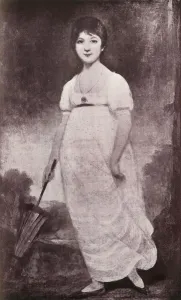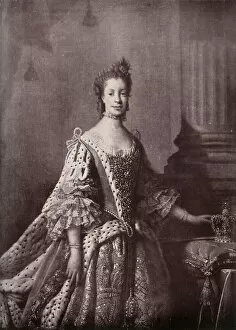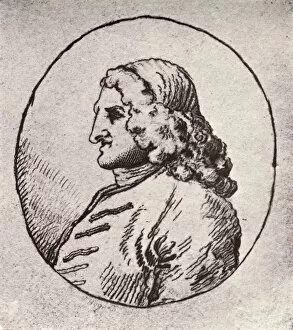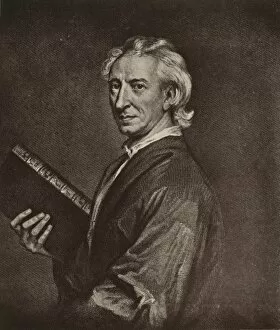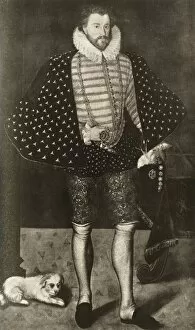Crl Fletcher Collection
CRL Fletcher: A Glimpse into History's Canvas Step into the world of CRL Fletcher
All Professionally Made to Order for Quick Shipping
CRL Fletcher: A Glimpse into History's Canvas Step into the world of CRL Fletcher, a captivating artist who skillfully brings historical figures to life through his brushstrokes. With each stroke, he transports us back in time, allowing us to witness moments that shaped our past. Jane Austen, c1789: Fletcher captures the essence of this literary genius with her quill in hand and imagination at play. Her words continue to enchant readers even today. Sir Robert Peel, Bart. 1838: In this portrait, we see the resolute gaze of a statesman whose policies laid the foundation for modern policing. His legacy endures as law enforcement evolves. Charlotte Sophia of Mecklenburg-Strelitz, Queen Consort of George III: The grace and elegance exuded by Charlotte Sophia are beautifully captured by Fletcher's skilled hand. She played an important role during a tumultuous period in British history. John Wilkes, c1769: Through Fletcher's artistry, we glimpse the rebellious spirit embodied by John Wilkes - a champion for freedom of speech and press during a time when such liberties were suppressed. Horace Walpole, Fourth Earl of Orford: This portrait reveals Walpole's refined taste and love for Gothic architecture. As an influential writer and collector, he left an indelible mark on cultural history. Henry Fielding: With vivid colors and intricate details, Fletcher portrays Fielding - one of England's greatest novelists known for his wit and social commentary that continues to resonate with readers today. John Evelyn, c1687 (c1818): Transported back centuries ago through this piece, Fletcher allows us to witness John Evelyn immersed in nature, his passion evident as he observes landscapes with keen eyes. Robert Cecil First Earl Of Salisbury early 17th century :Fletcher masterfully captures Cecil’s shrewdness, a key advisor to Elizabeth I & James I, his political acumen shaped the course of English history.

